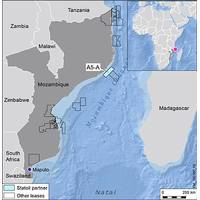
Joint Venture to Explore Offshore Mozambique
and Sasol with 25.5 percent each and ENH with 15 percent. The minimum work program includes seismic and three commitment wells. “The Angoche area is a very promising frontier basin with significant oil potential and builds on Statoil's exploration strategy of access at scale,” said Nick Maden, senior vice president for Statoil's exploration activities in the Western Hemisphere
Statoil to Explore Offshore S. Africa
Impact Africa Limited (Impact Africa) (25%). “This opportunity is in line with Statoil’s exploration strategy of access at scale. It represents access into a frontier basin where we believe we see indications of an active petroleum system and which has impact potential,” says Nick Maden, senior vice president for Statoil's exploration activities in the Western Hemisphere. “The position strengthens and increases the optionality in Statoil’s long-term international portfolio. We look forward to working with ExxonMobil, Impact Africa and the South African government
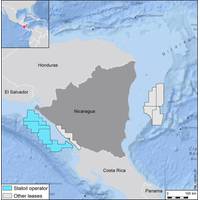
Statoil Awarded Licenses Offshore Nicaragua
today awarded four licenses offshore the Nicaraguan Pacific, covering an area of about 16,000 km2 in the largely unexplored Sandino Basin. Statoil will be the operator with 85 percent equity with the Empresa Nicaraguense del Petroleo (Petronic) participating with the remaining equity. Nick Maden, senior vice president for Statoil's exploration activities in the Western Hemisphere, said, “Offshore the Nicaraguan Pacific is virtually untested and the awards of new acreage in this frontier area are in line with our exploration strategy of access at scale. This is a long-term opportunity
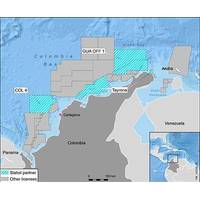
Statoil Farms into Acreage Offshore Colombia
in the 2014 Colombia licencing round and the farm-in agreements with Repsol, Statoil is well positioned in deep-water offshore Colombia. We are gaining access to a vast underexplored frontier area through early access at scale, which is in line with Statoil’s exploration strategy,” says Nick Maden, senior vice president for Statoil's exploration activities in the Western Hemisphere. Petrobras operates the Tayrona licence (40%), which includes the on-going Orca-1 exploration well. Repsol retains a 20% of the licence after farming down 10% to Statoil. The remaining 30% is held by Ecopetrol
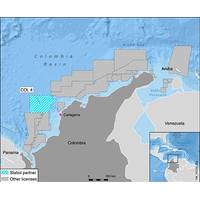
Statoil, Repsol, ExxonMobil Win Colombian Offshore License
hold 33.33%. The award is subject to the final approval of the National Hydrocarbons Agency of Colombia (ANH). “Deepwater offshore Colombia is virtually untested. The award of new acreage in this frontier area is in line with our exploration strategy of early access at scale,” said Nick Maden, senior vice president for Statoil's exploration activities in the Western Hemisphere. The license award represents a country entry for Statoil into Colombia. The entry is an early exploration phase and the initial working commitments include 2D and 3D seismic acquisition which will allow Statoil
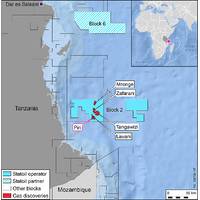
Another Gas Discovery Offshore Tanzania
to approximately 20 tcf in Block 2. “Since 2012 we have had a 100% success rate in Tanzania and the area has become a core exploration area in a very short period of time. We quickly went from drilling one well to a multi-well program, and with Piri-1 we are continuing the success,” says Nick Maden, senior vice president for Statoil's exploration activities in the Western Hemisphere. The new gas discovery was made in the same Lower Cretaceous sandstones as the gas discovery in the Zafarani-1 well drilled in 2012. The Piri-1 discovery is the venture's sixth discovery in Block 2. It was

Statoil Expands Brazil Offshore Exploration
adjacent to the BM-ES-32 license where Statoil is partner and which holds the Indra discovery. “The acquisition allows Statoil to expand its position in a prioritised basin for Statoil. The position is in line with Statoil’s exploration strategy of deepening core areas”, says Nick Maden, senior vice president, Exploration International. “The exploration results over the last years in the Espirito Santo Basin give encouragement for further exploration in this area. The planned activity within BM-ES-22A will further test this play, but still with some exploration risk&rdquo
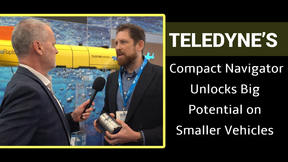
 February 2025
February 2025




